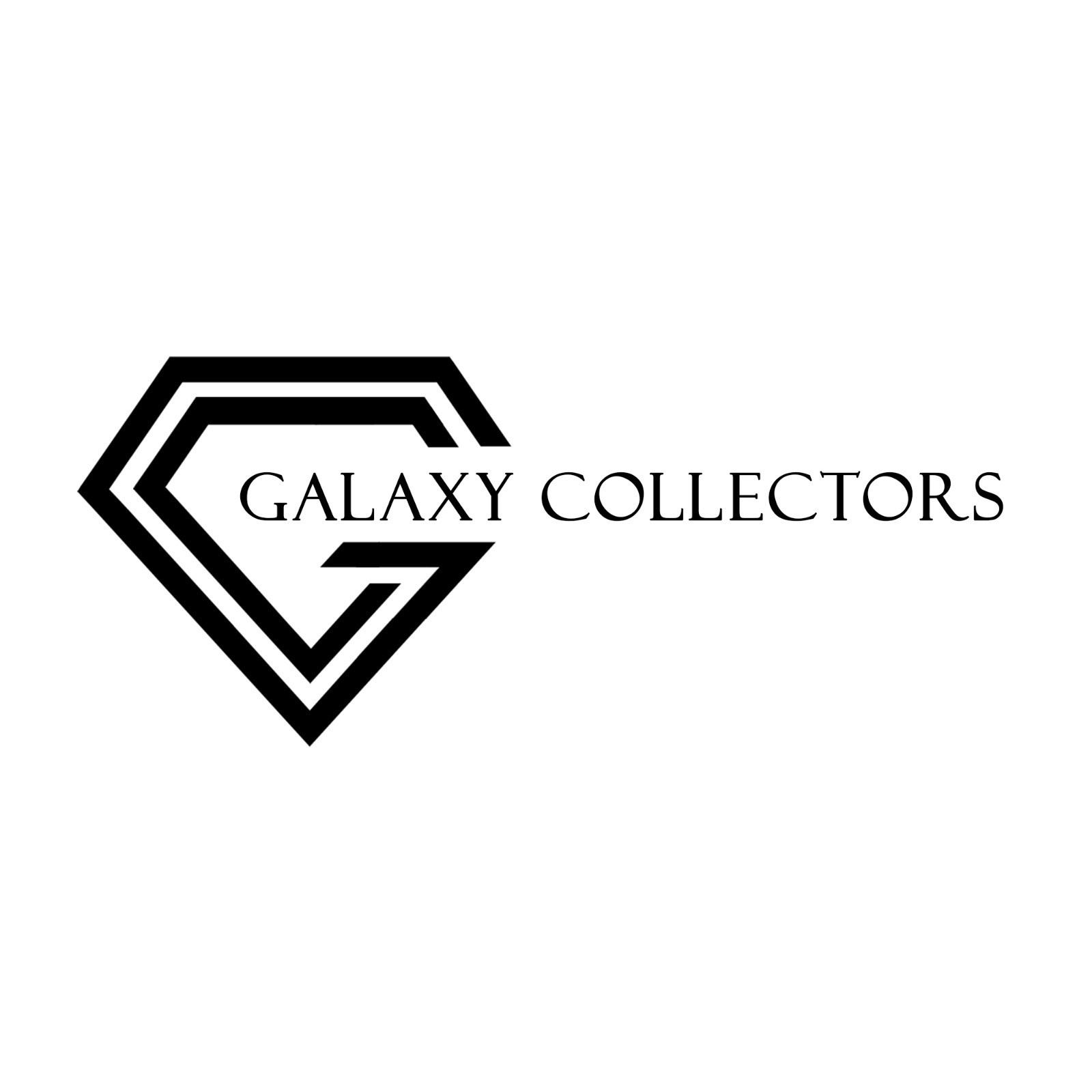You have not bid on this auction.
1.10CT Natural Blue Tourmaline Stone cushion Cut From Afghanistan
- SKU
- Dimensions (mm)
- 7.2 x 5.7 x 3.4mm
- Weight (cts)
- 1.1
- Shape
- Cushion
- Type
- Faceted
- Clarity
- VVS
- Colours
-
1.10CT Natural Blue Tourmaline Stone cushion Cut From Afghanistan
Weight:(1.10)CT
Stone:(Tourmaline)
Origin:(Aghanistan)
Scientifically, tourmaline is not a single mineral, but a group of complex crystal silicate mineral compounded with elements such as aluminum, iron, magnesium, sodium, lithium, or potassium. Tourmaline can be found in a wide variety of colors from colorless to black. This, makes tourmaline one of the most popular gems among collectors. Iron-rich tourmalines vary from black to deep brown, magnesium-rich varieties are brown to yellow, and lithium-rich tourmalines are almost any color: blue, green, red, yellow, and pink. Until recently there was no pure yellow in the rich tourmaline color spectrum. Most have a tinge of brown to them. A new vivid yellow variety, known as canary tourmaline, was found in the year 2000 in southern East Africa, in Malawi. Least valuable tourmalines are the colorless variety which is also considered as the rarest variety. Tourmaline crystals with only one color are fairly rare; tourmalines are usually bi-colour or multi-colour. Tourmaline is a typical representative of the plutonic rocks, in which are stored the volatile materials vital to its formation. However, only the black tourmalines originate from pegmatitic melts; the gem qualities are of hydrothermal origin. Common inclusions in tourmaline are cracks that run parallel to each other at 90 degrees to the length of the crystal. Thornlike fluid inclusions are another common types of inclusions that occur in tourmaline gemstone. The only acceptable type of inclusions are the tubes, that when densely packed, produce a chatoyancy and catseye effect in cabochons (the eye in catseye tourmaline can be very strong.
| Shipping provider | Shipping to Pakistan | Shipping to rest of world | Combined Shipping (Pakistan) | Combined Shipping (rest of the world) |
|---|---|---|---|---|
| Standard Shipping - Tracked |
|
|
|
|
| FedEx |
|
|
|
|
| DHL |
|
|
|
|
| UPS |
|
|
|
|
- SKU
- Dimensions (mm)
- 7.2 x 5.7 x 3.4 mm
- Weight (cts)
- 1.1
- Shape
- Cushion
- Type
- Faceted
- Clarity
- VVS
- Colours
-
1.10CT Natural Blue Tourmaline Stone cushion Cut From Afghanistan
Weight:(1.10)CT
Stone:(Tourmaline)
Origin:(Aghanistan)
Scientifically, tourmaline is not a single mineral, but a group of complex crystal silicate mineral compounded with elements such as aluminum, iron, magnesium, sodium, lithium, or potassium. Tourmaline can be found in a wide variety of colors from colorless to black. This, makes tourmaline one of the most popular gems among collectors. Iron-rich tourmalines vary from black to deep brown, magnesium-rich varieties are brown to yellow, and lithium-rich tourmalines are almost any color: blue, green, red, yellow, and pink. Until recently there was no pure yellow in the rich tourmaline color spectrum. Most have a tinge of brown to them. A new vivid yellow variety, known as canary tourmaline, was found in the year 2000 in southern East Africa, in Malawi. Least valuable tourmalines are the colorless variety which is also considered as the rarest variety. Tourmaline crystals with only one color are fairly rare; tourmalines are usually bi-colour or multi-colour. Tourmaline is a typical representative of the plutonic rocks, in which are stored the volatile materials vital to its formation. However, only the black tourmalines originate from pegmatitic melts; the gem qualities are of hydrothermal origin. Common inclusions in tourmaline are cracks that run parallel to each other at 90 degrees to the length of the crystal. Thornlike fluid inclusions are another common types of inclusions that occur in tourmaline gemstone. The only acceptable type of inclusions are the tubes, that when densely packed, produce a chatoyancy and catseye effect in cabochons (the eye in catseye tourmaline can be very strong.
| Shipping provider | Shipping to Pakistan | Shipping to rest of world | Combined Shipping (Pakistan) | Combined Shipping (rest of the world) |
|---|---|---|---|---|
| Standard Shipping - Tracked |
|
|
|
|
| FedEx |
|
|
|
|
| DHL |
|
|
|
|
| UPS |
|
|
|
|

Welcome to the Galaxy Collectors !! TheGalaxy Collectors has been operating from Thailand, And....
-
 Positive
PositiveGreat! As on photo!
-
 Positive
PositiveGreat! Thank you!
Why are users outbidding themselves?
When a bid is placed, this is the maximum amount a person is willing to bid for the product. Our system will then automatically bid on behalf of the bidder, incrementally increasing the bid up to the maximum to maintain their position as the highest bidder.
When there is an icon indicating 'Automatic Bid', it means our system is actively placing bids for the bidder based on their maximum bid. This may appear as if bidders are outbidding themselves, but it's simply a result of the system updating the bid to reflect the bidders maximum limit.
Audit
-
Description Accurate
-
Pictures Accurate
Comments
After thorough evaluation of the Verified seller's information provided, Gem Rock Auctions has found accurate and honest pictures and details for this listing. Gem Rock Auctions is committed to holding our sellers to the highest standards of integrity and transparency. As part of this policy, we only permit the sale of natural, earth mined, gemstones. Manmade, synthetic, and imitation gemstones are not permitted on Gem Rock auctions. Many Gemstones have received treatments to enhance their color and/or clarity to further emphasize their beauty and we insist treatments are disclosed. Unless accompanied by a report from an approved laboratory, all origins or treatments declared in the listing are the sellers' opinion. There are limitations to what can be determined without physically handling the listed item.








